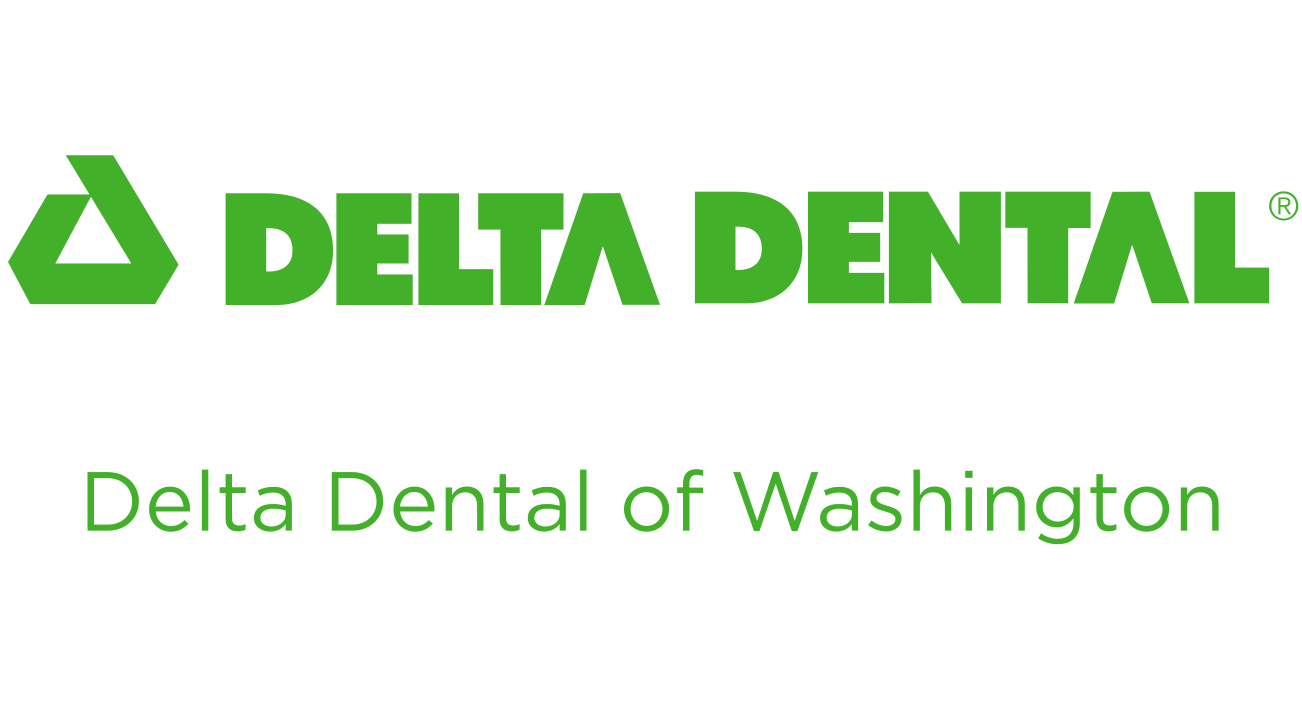With Valentine’s Day just around the corner, it’s the best time get serious about making sure your tongue is clean and ready for action (not to mention, it’s a good habit to clean your tongue regularly).
You may not realize it, but your tongue is really gross. It is part of the larger and equally gross ecosystem that is your mouth. But the tongue is unique from the rest of your mouth because it has an such a vast surface area for bacteria to hang out and thrive. Not only that, but a lot of the bacteria that live inside your mouth (and especially on your tongue) are anaerobic. This means they don’t even need oxygen to survive. So unless you’re taking an active role in cleaning your tongue, it might be a safe harbor for the bacteria in your mouth. If you build up too much of this bacteria you could suffer from bad breath, which means no Valentine’s Day kisses for you.
Fortunately, getting your tongue cleaned isn’t something you have to make an appointment to see your dentist for. One of the most effective ways to clean your tongue is to use a tongue scraper, which can be bought for around ten dollars. With your own scraper, you can give your tongue a solid deep cleaning at home. But if you have never bought a tongue scraper before, there are a few important things to consider before you make your purchase. The size of the scraper you pick will make a difference, so adults should use scrapers with wide angles and children should use small scrapers. The material of the scraper also makes a difference and will determine how often you will have to purchase a new one. Plastic tongue scrapers are gentle on your tongue but have to be thrown out more often because they are known to retain bacteria. Stainless steel scrapers can be reused if sterilized correctly, however they are usually more expensive. Now that you have a tongue scraper, it’s time to educate yourself on the right way to use it.
How to Clean Your Tongue Using a Tongue Scraper
Step 1 - Rinse Your Hardware
Before you begin to use your tongue scraper, make sure give it a good rinse under clean water. Using a tongue scraper without any moisture can cause painful scraping and could lead to irritation.
Ready to Buy Dental Insurance?
This article is very high-level information. We recommend you always review plan details and get a quote before you purchase a dental insurance plan. We offer 5 plans with different coverage and monthly premiums.
Step 2 - Open Wide and Stick Your Tongue Out
You may look silly doing so, but opening your mouth extra wide will help you cover more surface area and will allow you to see what you’re doing. At this point, stick your tongue out as far as you comfortably can.
Step 3 - Gently Scrape Your Tongue From Back to Front
Now that you have your tongue sticking out as far as you can, take your scraper and begin gently scraping your tongue from the back to the tip eventually building towards a firm pressure. If you find that this movement is making you gag, try starting the scraper at the spot that feels right for you. Between scraping sections of your tongue, be sure to rinse your scraper to keep old bacteria away.
Step 4 - Rinse Out Your Mouth
You’ve given your tongue a deep cleaning. Now it’s time to seal the deal by rinsing with mouthwash. Using an antibacterial mouthwash will help wash away any residual bacteria left from scraping.
Tongue Scraping Best Practices
- Never scrape your tongue from front to back.
- Don’t forget to scrape the sides of your tongue.
- A firm pressure will remove the most bacteria.
- Do not scrape your tongue more than twice a day.
- Don’t scrape your tongue if it causes pain or irritation
- Always talk to your dentist before adding anything new to your oral health routine.
Want More Oral Health Tips?
Join the conversation on Twitter!












